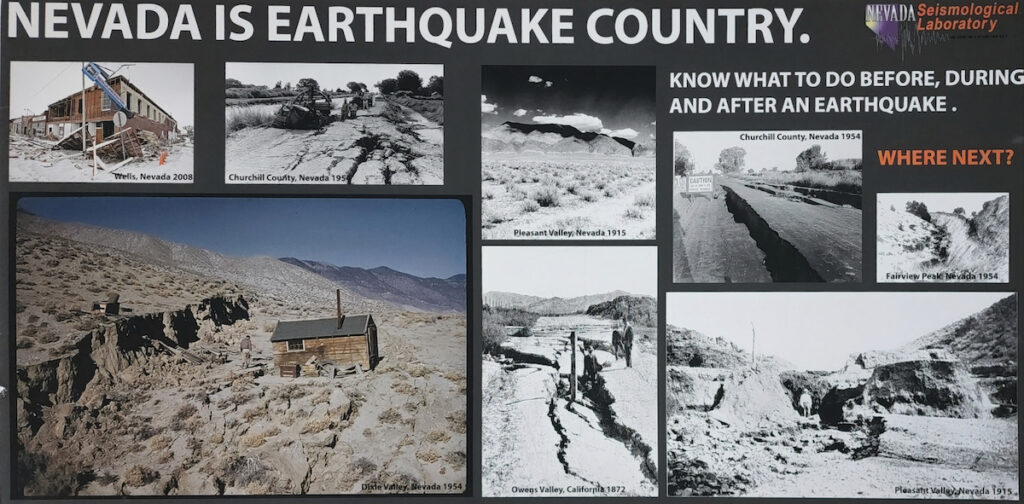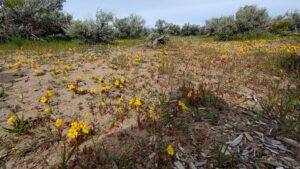
Why the Turkey-Syria earthquake was so damaging, and what Nevadans should know about our own earthquake risk.
The Turkey-Syria earthquake happened on February 6, 2023, causing thousands of deaths and having an impact on citizens across the world. Causing Nevadans to wonder, how can we in Nevada state prepare for earthquakes?
There are numerous reasons why the Turkey-Syria earthquake was so strong and deadly. According to one source, “The East Anatolian Fault is a strike-slip fault.” Strike-slip faults are known for solid rock plates that rub against one another in an upward position along a vertically shaped fault line while building pressure and stress until one plate moves from a vertical into a horizontal direction, which releases a huge amount of strain that causes an earthquake. So one factor of earthquakes’ severity and strength depends on the fault types.
Next, the severity of damage done to buildings from earthquakes depends on the materials the building is made of and the strength of the materials.
“The Turkish earthquake really went right through communities for an extension of communities along the 200 km long earthquake fault,” said Tom Rennie, a seismological analyst at the University of Nevada, Reno’s Seismological Lab. “Most of the structures there are generally unreinforced masonry areas and so they tend to fall down in earthquakes. Whereas here in the United States, a lot of the buildings are made of wood and metal frames and they withstand the shaking of earthquakes much more.”
Nevada has had earthquakes before that were big enough to damage buildings, including magnitudes of 7.0 and greater. A study from the USGS found the Rainbow Mountain-Fairview Peak-Dixie Valley earthquakes of 1954 were among the strongest to have been recorded in our region.
“In 1954 was the Dixie Valley Stillwater earthquakes,” said Steven Wesnousky, Director of the Center for Neotectonic Studies at UNR. “Those actually shook buildings and produced minor damage in Reno but the earthquake was 60 or 70 miles away.”
Therefore, earthquakes can be felt and leave an impact on people who are tens of miles away, not just an emotional or physical impact on those who are in the earthquake’s immediate area.

Earthquakes aren’t always felt nor big. According to Earthquake Track, Nevada’s most recent earthquake (as of the time of publication of this article) happened in Silver Springs, Nevada with a 1.9 magnitude, though it wasn’t physically felt in the Reno area. “We have earthquakes every day in Nevada,” said Rennie.
To prepare for earthquakes, emergency kits, and food prep are important to have along with medical necessities. Some people use earthquake safety techniques at home that they’ve learned in school. “I go under cover, like a table that I know is sturdy enough,” said UNR Music Education major, Edilson Ulloa, 21.
Earthquakes leave both physical and mental impacts on victims and other concerned citizens around the world. “Definitely, I guess I feel a lot more empathetic, concerned, and more worried to check the news to see updates on how many were rescued or how many deaths happened,” said Ulloa.
Not all WolfPack students are from Nevada. “I’m currently in Nevada, but come from Central America, Ulloa said. “So natural disasters from other countries have an emotional impact on my life as a WolfPack student because I assume a lot of the earthquake victims will lose loved ones and the buildings they’ve lived in.”
Robert Rincon is a journalism major at UNR and a student in the News Studio: Science Reporting class in the Reynolds School of Journalism.





